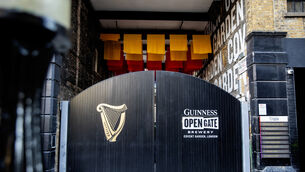JOBS OVERVIEW: Real jobs growth adds meat to the Irish recovery story

Employment in Ireland now stands at 1.926 million, the highest since March 2009, though still well below the peak levels at the height of the boom.
These are some of the key findings from the latest Central Statistics Office survey of the labour market.
















